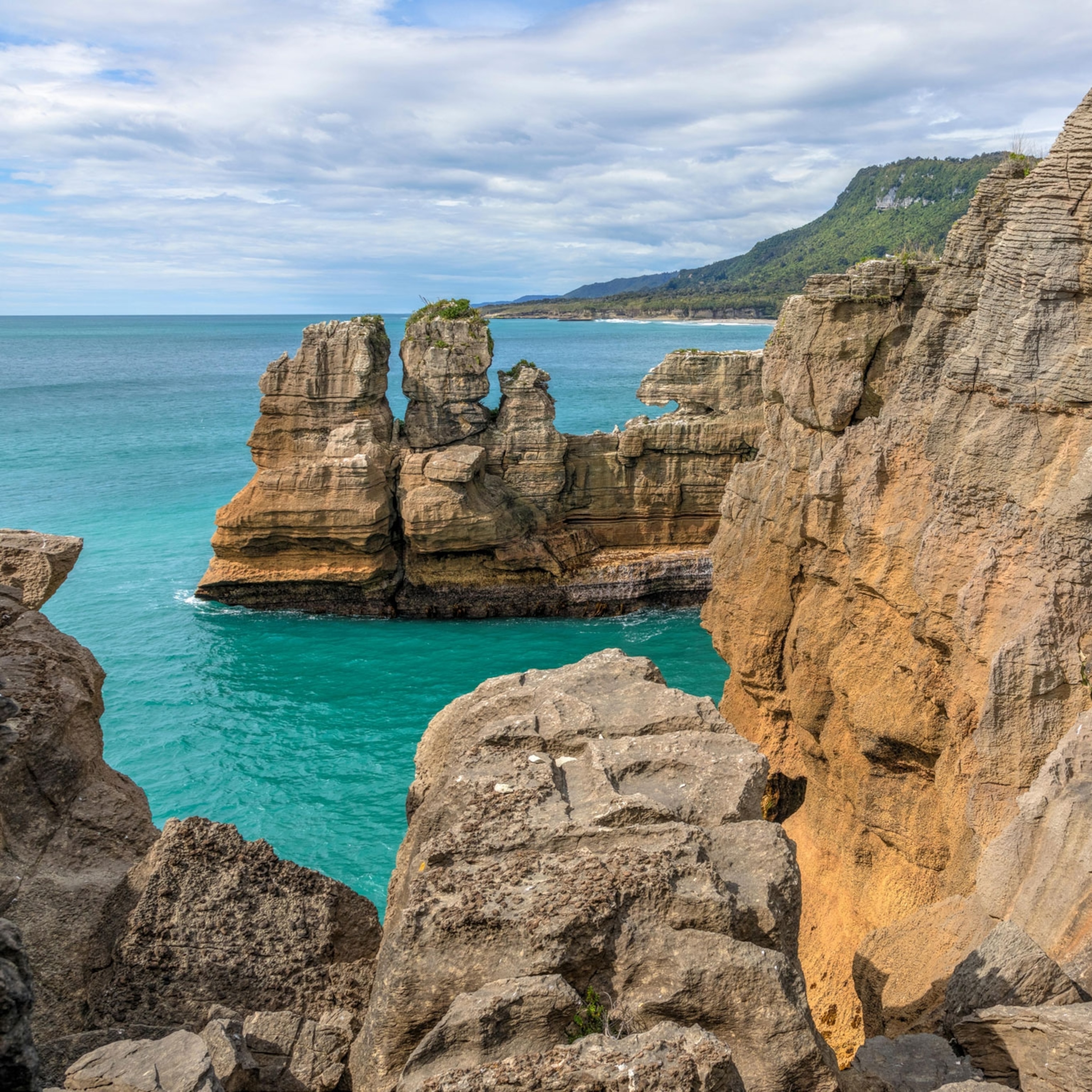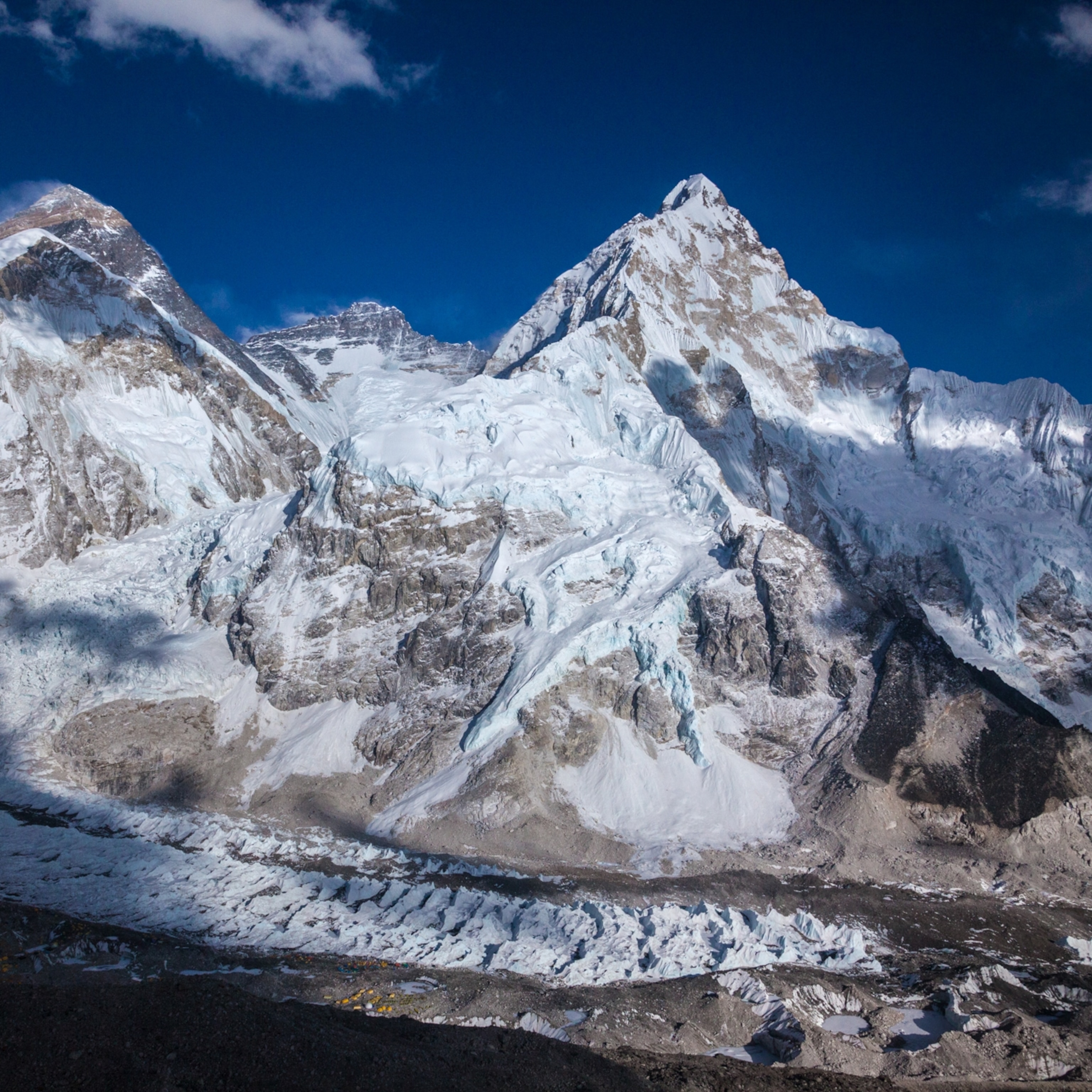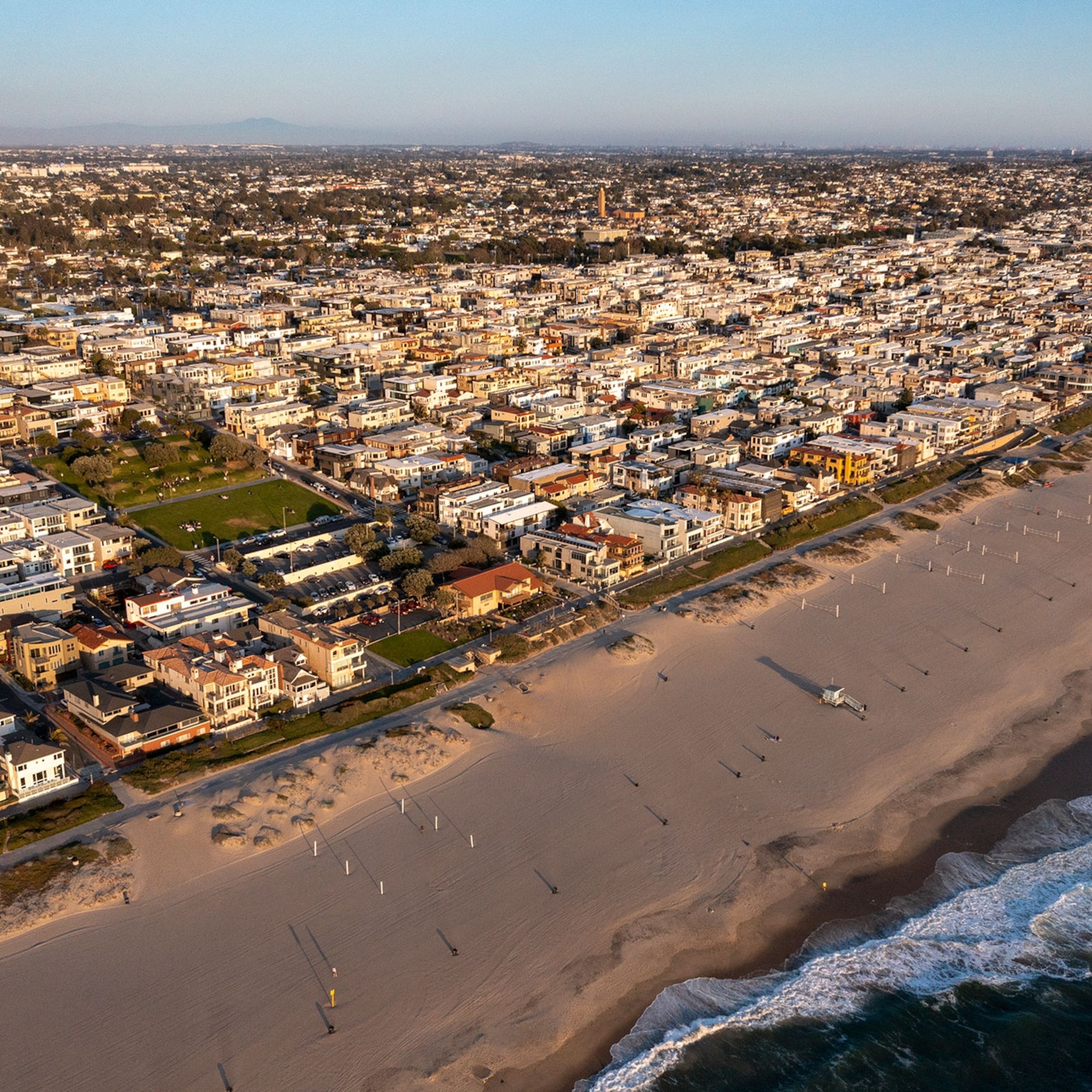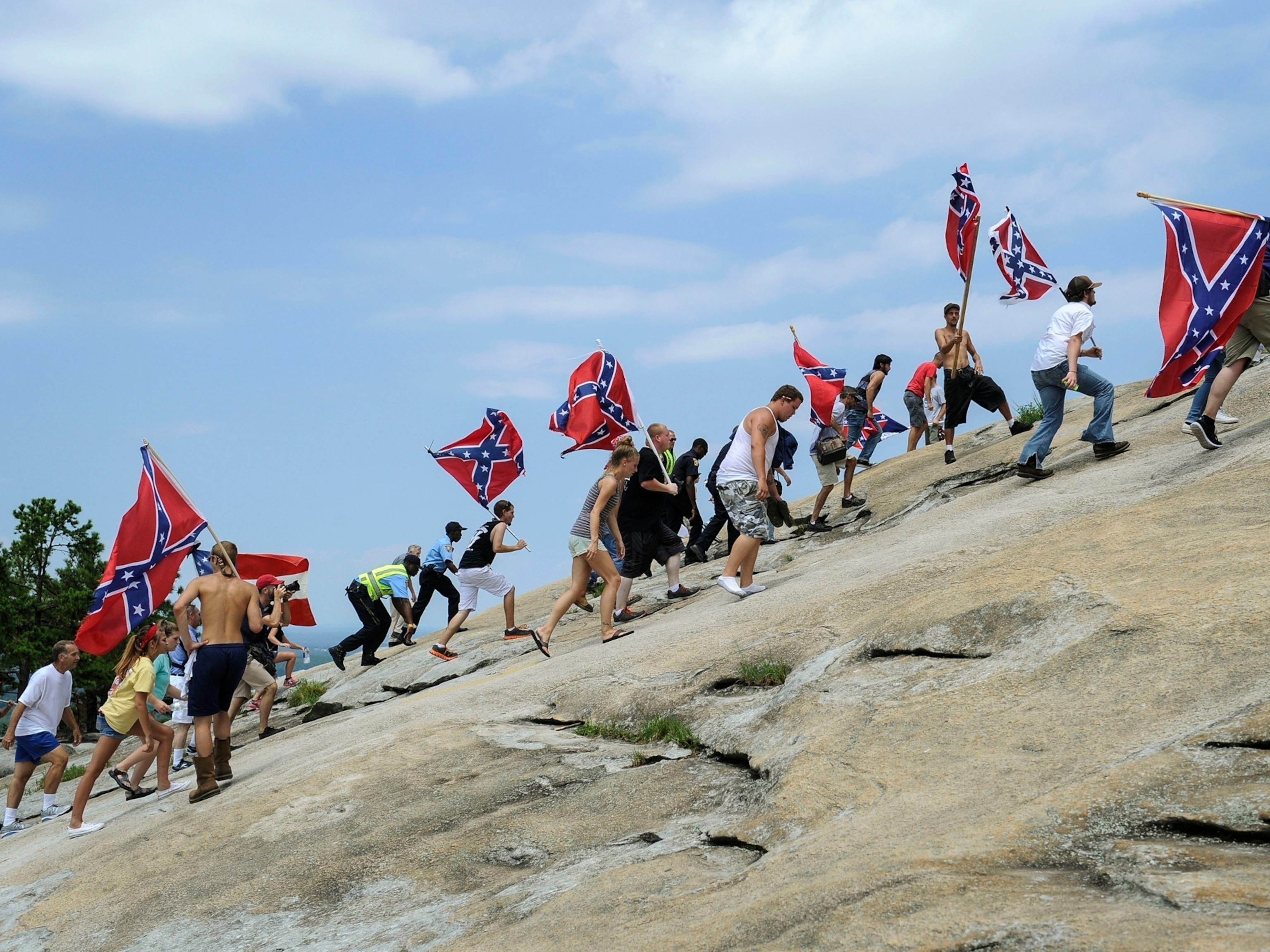
Swastika Mountain needed a new name. Here’s how it got one.
It wasn’t a nod to the Nazis, but that didn’t make the Oregon peak any less controversial. This is how—and why—wild places get renamed in the U.S.
For a long time, nobody really noticed Swastika Mountain in Oregon.
The 4,197-foot peak doesn’t usually get a lot of attention. Sure, it had an unusual and even alarming name, one that seemingly referenced the worst horrors of the 20th century. But it is located deep in the Umpqua National Forest, a bit off the beaten path.
“It wasn't a huge, majestic mountain that you could see from miles away,” says Kerry Tymchuk, executive director of the Oregon Historical Society.
So it stood in relative anonymity for the better part of a century. Then Joyce McClain found out about it. In April, the Oregon resident convinced the U.S. Board on Geographic Names (USBGN) to rebrand the peak: It is now Mount Halo, named for a local Indigenous tribal leader from the 1800s.
The American landscape is often littered with racist or otherwise offensive place names. They don’t just change themselves. But maps are living, breathing documents. All that is needed to change the name of a mountain or a stream is somebody willing and committed to take on the matter—along with a good suggestion for a replacement.
How do you rename a mountain?
Here’s what happened in Oregon: On New Year’s Day 2022, a couple of hikers—the kind of people who do go off the beaten path—had to be rescued from Swastika Mountain by the National Guard. McClain caught the news.
“And she thought to herself—as many people might—why is there a mountain named Swastika?” says Tymchuk, who also serves as executive secretary of the Oregon Geographic Names Board. McClain decided to do something about it, launching a campaign to change the name.
Mountains, streams, hills, and valleys are being named or renamed in America all the time. In its May 1 quarterly review, the USBGN had 45 proposals pending.
(There was also a new ocean named in 2021. Can you name all five?)
Some are obvious: A landowner in Colorado is seeking to change the name of “Poison Lake” to “Golden Valley Lake.” (The proponent “reports that it is not poisonous and there are no health issues for livestock and wildlife,” USBGN staff reports.) In California, petitioners want to change “Chinaman Lake” to “Chinese Miners Creek.” And some were simple requests to name places that had previously gone unnamed.
Scott Zillmer, senior map editor for National Geographic, has been attending and monitoring the board’s meetings for more than 20 years. He says that most requests come and go with little attention or controversy. “The majority of the cases are pretty cut and dry.”
The Swastika Mountain case wasn’t as simple as it might have appeared, though. For many Americans, the word “swastika” triggers thoughts of Adolf Hitler, the Nazi Party, and the Holocaust. But the mountain’s name had appeared on federal maps since 1930, before Hitler took power. The local origin of that name was somewhat murky—it seemed associated with a nearby rancher’s cattle brand from that time period—but a USBGN staff report noted that the swastika had long been used as a “historic sacred symbol” by several religions and cultures.
A petition to change the name—which more than 500 people signed—acknowledged that history. But the swastika “now stands for something else; something we will not stand for,” the petition reads. “The name of this mountain needs to go into the history books.”
That drew an objection from the Hindu American Foundation.
“The word swastika—translated literally as ‘good existence’ in Sanskrit—has been a sacred symbol for Hindus, Buddhists, Jains, and Zoroastrians for 4,000+ years,” the group wrote in a letter to the Oregon Geographic Names Board.
Balancing those interests was fraught. In its official record, the Oregon Geographic Names Board said its own vote in support of the change to Mount Halo “was supportive of a name that more closely honored the history of the area, and in no way a sign of disapproval of Hinduism.” The mountain was renamed for Chief Halito of the Yoncalla Kalapuya tribe.
Who gets to rename a place?
For the most part, the U.S. Board on Geographic Names—made up of officials from a variety of federal agencies—is “reactive rather than proactive,” Zillmer says, because national bureaucrats “don't want to tell local people what their names must be or must not be.”
That means the process usually starts at the grassroots. In Oregon, Joyce McClain got the ball rolling by starting the petition. Then local activists have to come up with an alternative name, hopefully rooted in local traditions—“Mount Halo” was proposed by an anthropologist at Oregon State University. They also must get buy-in from local community leaders and state geographic naming boards.
When a proposal reaches the federal board, “it's because somebody has done a lot of work,” Zillmer says.
Very occasionally, though, the renaming process starts at the top. In November 2021, U.S. Secretary of the Interior Deb Haaland declared “squaw” a derogatory term and ordered more than 650 locations across the country to be renamed.
“Our nation's lands and waters should be places to celebrate the outdoors and our shared cultural heritage—not to perpetuate the legacies of oppression," she said in a news release.
It’s probably no coincidence that proposed renamings started to spike following the Black Lives Matter protests of 2020—from 43 in 2019 to 104 in 2021.
As the country evolves and wrestles with its history, more renaming requests are surely on the way.
(Who owns America's history? The answer will define what replaces fallen Confederate monuments.)
“Names of places bring a lot of emotion to people,” Zillmer says. When and if it comes time to change a long-familiar place name to something new, that often causes controversy.
Most people “look at maps and they see all the names on there as permanent things,” he says. “The name of a city is essentially permanent to most people, or the name of a river or a mountain. But there's no reason why they should be permanent. They are just like the laws of our country: We can change them as we see fit.”







